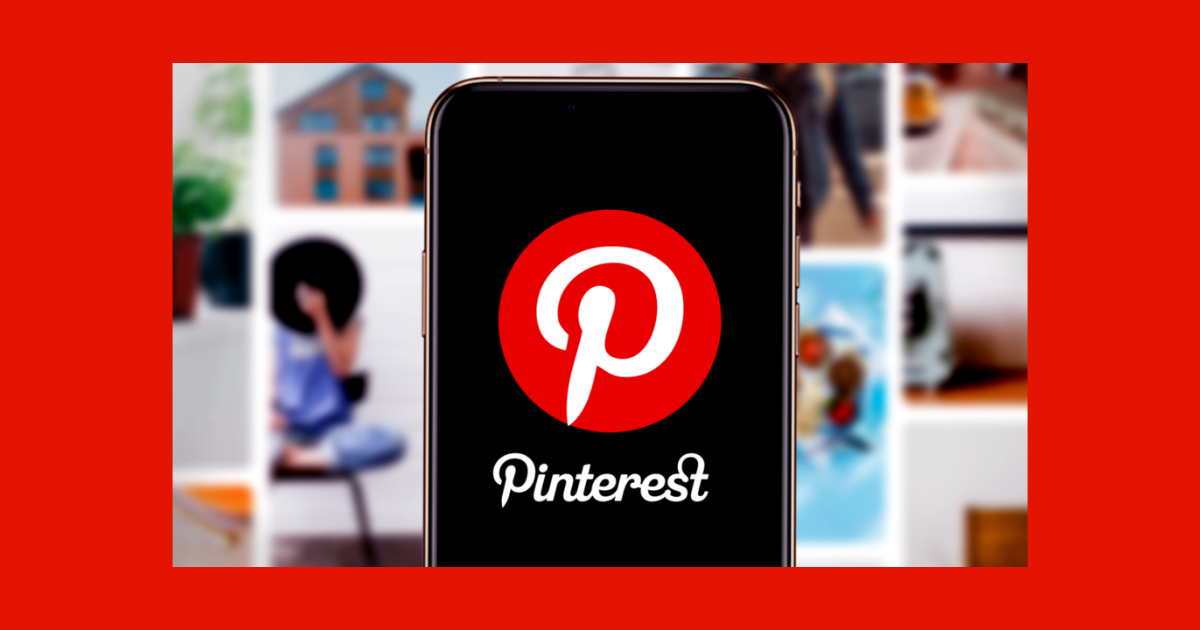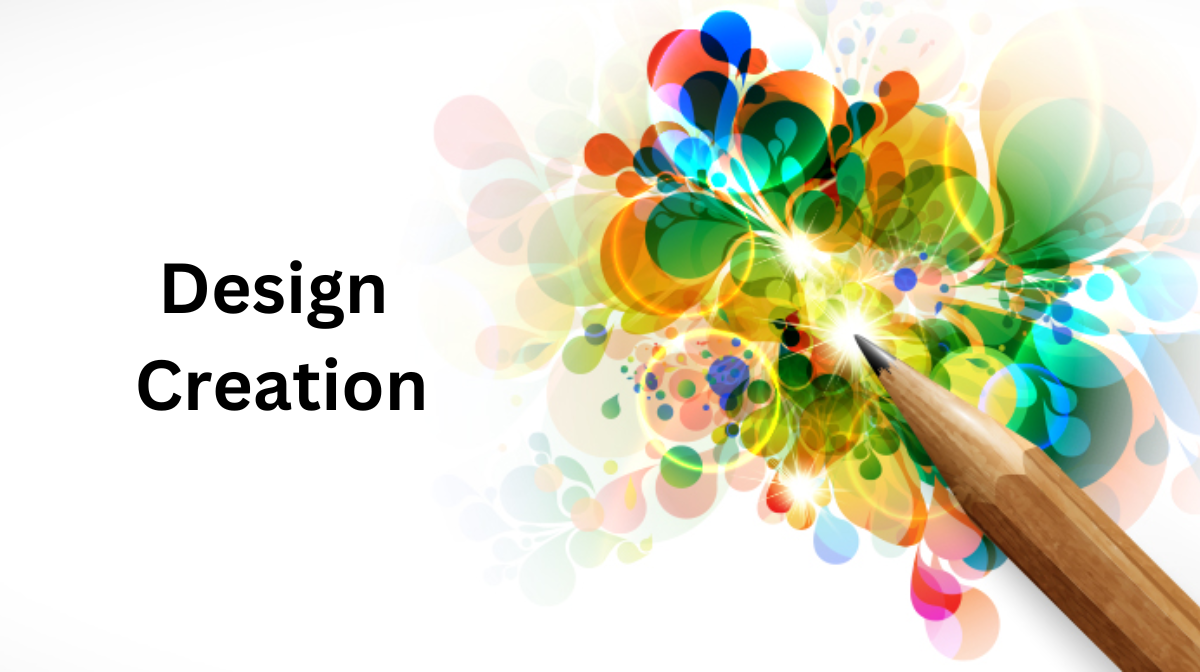Have you ever found yourself staring at a design on a blank canvas, grappling with the pressure to deliver something extraordinary? You’re not alone—I’ve been there, and I’ve discovered a solution that can make starting your next project a breeze, even if you’re facing a creativity drought. Join me as I share my design odyssey and the valuable lessons learned along the way in this blog.
The Prelude: Facing the Blank Canvas Anxiety
Embarking on a new branding project for a public company brought a wave of pressure. Despite detailed discussions with the client, a daunting realization struck—this project required a design style I had never ventured into before. The blank canvas became a canvas of existential dread, setting the stage for a journey from demotivation to creative brilliance.
Pinterest Pitfall: A Temporary Fix to a Deeper Issue
Desperate for inspiration, I turned to Pinterest, a go-to platform for many designers. While it provided a temporary boost, little did I know that this approach was merely a band-aid solution, covering up deeper issues I hadn’t addressed. A valuable lesson was in the making.

Déjà Vu: From Inspiration to Replication
Days later, I crafted a logotype, only to realize it bore a striking resemblance to something I had stumbled upon on Pinterest. The pressure to deliver something unique for a higher-budget project intensified, leading to frustration and self-doubt. A pivotal moment demanded a closer look at the process.
Identifying the Pitfalls
In retrospect, I recognized three critical mistakes in my design approach:
Incomplete Brand Strategy:
Mistake: A superficial understanding of the business.
Solution: Introducing a comprehensive brand strategy stage, delving into the purpose, mission, vision, and values of the business.
Lack of Competitor Research:
Mistake: Neglecting in-depth research on competitors.
Solution: Adding a brand positioning stage, conducting market research and competitor analysis to inform brand personality and positioning.
Absence of solutions:
Mistake: Failing to create designs that stand out.
Solution: Incorporating a design solutions stage, providing strategic solutions, and creating mood boards to showcase the unique creative direction of the brand.
Milano’s Magic: Streamlining the Creative Process
To streamline these stages, I turned to Milano’s brief template. This invaluable tool allows me to compile research notes, share insights with team members, and collaboratively create mood boards. The link between strategic planning and creativity became clearer than ever.
The Epiphany: From Stagnation to Creative Brilliance
Armed with a holistic and strategic approach to brand strategy, competitor research, and solutions, the fog of creative block began to lift. The canvas transformed from a source of anxiety to a playground of limitless possibilities.
Closing Thoughts: Your Canvas, Your Rules
As you embark on your next project, remember that the canvas is your playground. With the right strategy, creativity flows freely, unburdened by self-doubt. Embrace the journey, and let your creativity shine.
Why designs are necessary:
Problem Solving: it provides solutions to problems, ensuring functionality.
User Experience: Good design enhances the user experience, making products more enjoyable and intuitive.
Communication: Design communicates information effectively, aiding understanding.
Innovation: Design fosters creativity and innovation, pushing boundaries.
Aesthetics: Visual appeal is crucial for attracting attention and creating a positive impression.
Efficiency: Well-designed systems optimize performance and resource utilization.
Consistency: To establish a consistent and cohesive identity, reinforcing brand recognition.
Adaptability: Design allows for adaptability to changing needs and trends.
Frequently Asked Questions (FAQs)
What does this guide focus on?
It hones in on fundamental tips to enhance design skills and creativity for all levels of expertise.
Can beginners benefit from these tips?
Absolutely! It’s tailored to help novices grasp essential concepts and techniques in creation.
Will these tips apply to various fields?
Yes, they’re versatile and beneficial across diverse disciplines, from graphics to product design.
How practical are these learning tips?
Highly practical—they offer actionable insights and methods for immediate application in your journey.
Related Article:









